 |
||
|
||
| ||
GeForce Go 6600: the new PCI-Express graphics for notebooks Corsair produces DDR2-533 SO-DIMM modules Matrox releases a couple of new PCI-E graphics cards 3GSM World Congress: Motorola announces SLVR V8 and PEBL V6 3GSM World Congress: Samsung unveils new 3G handsets 3GSM World Congress: Nokia 6101, 6680, 6681 announced GeForce Go 6600: the new PCI-Express graphics for notebooks Besides GoForce 3D 4800, NVIDIA has recently announcd the new GeForce Go 6600 GPU designed for notebooks. It supports NVIDIA PureVideo and PowerMizer 5.0 as well as Microsoft DirectX 9 Shader Model 3.0. 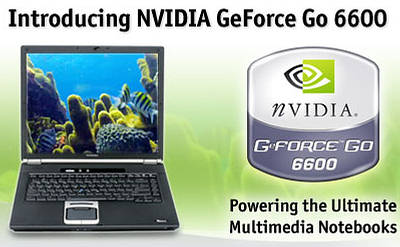 NVIDIA GeForce Go 6600 specs:
Corsair produces DDR2-533 SO-DIMM modules Corsair Memory produced new 200-pin SO-DIMM DDR memory modules for Intel 915 Express based notebooks. The novelties meet the DDR2-533 MHz standard (PC2-4200 MHz).
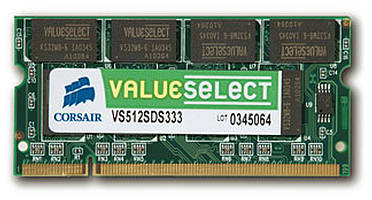 VS1GSDS533D2, VS512SDS533D2 and VS256SDS533D2 products have 1GB, 512MB and 256MB capacities, respectively.
Matrox releases a couple of new PCI-E graphics cards Matrox released new workstation graphics designed for multimonitor configurations (CAD, GIS, monitoring systems). 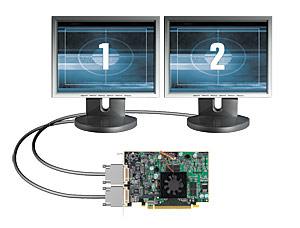 The Millennium P650 PCI-E 128 that started the new Millennium P series distinguished by native PCI-E support and DualHead (2 x DVI; 1920x1200 digital, 1920x1440 analog; 2048x1536 single analog). The card supports proprietary image improvement and rotation, works under Windows XP and 2000 (Linux, Sun are an option), supports OpenGL and DirectX. The card has 400 MHz RAMDAC, 128MB RAM. It will go on sale in April for $249. 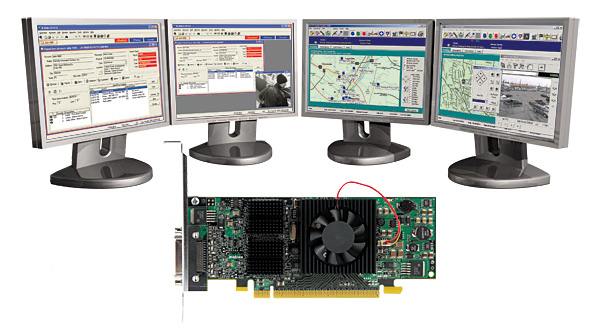 The second novelty, Matrox QID LP PCI-E is claimed to be the industry-first low-profile quad-monitor solution for PCI-E bus. The card has features identical to the previous, supports 1600x1200 resolution and is supplied with adapter from the single connector to 4 digital interfaces (to which you can also connect adapters to analog interfaces). This one will go on sale in April for $799 being intended for monitoring systems, financial and medical equipment markets. Source: Matrox
3GSM World Congress: Motorola announces SLVR V8 and PEBL V6 Motorola seemingly liked the 4-letter naming policy first introduced with RAZR V3 (at the Congress the company also unveiled a black modification of this handset) and announced two new cell phones named accordingly: SLVR V8 and PEBL V6.
Motorola SLVR V8 supports EDGE, Push To Talk, Bluetooth Class 2, WAP 2.0 and XHTML, J2ME MIDP 2.0 and has 4x optical VGA camera that can capture video as well. Of course, MP3 is a feature too, but SLVR V8 has just 5MB of memory, so you will have to use the TransFlash slot provided. Messaging capabilities include SMS, MMS, IM Wireless Village, POP3&SMTP. The novelty is to go on sale in Q3 2005.  Motorola PEBL V6 is positioned as a mobile accessory (like Xelibri), but offers more than a humble feature set: movie recording, Bluetooth, EDGE, GPRS Class 10, WAP 2.0 and XHTML browser, J2ME MIDP 2.0, voice dialling. It has no media slots, so you will have to live with built-in 5MB. PEBL V6 is expexted for sale in H2 2005.
3GSM World Congress: Samsung unveils new 3G handsets At 3GSM World Congress in Cannes Samsung is to unveil 10 new mobile handsets, including 3G SGH-Z500, SGH-Z130 and SGH-Z300 and DMB (Digital Multimedia Broadcasting) solutions. Samsung claims its SGH-Z500 is the smallest 3G clamshell — it´s sized 90x40x24.5mm. The novelty has 1Mp camera, Bluetooth and supports TransFlash media. SGH-Z300 is also a clamshell, has MP3/AAC/AAC+ stereo player, 1-megapixel camera, Bluetooth, TransFlash slot. SGH-Z300, like SGH-Z500, has internal antenna, which is rather unusual for Samsung. Finally, SGH-Z130 has rotating LCD display, 1-megapixel camera, Bluetooth and supports 64-tone polyphony.
3GSM World Congress: Nokia 6101, 6680, 6681 announced 3GSM World Congress naturally resulted in numerous mobile announcements from Nokia, Samsung, Motorola, Panasonic and others. Let´s start with Nokia that introduced three novelties: Nokia 6101, Nokia 6680 and Nokia 6681, and gave publicity to the key market trends.
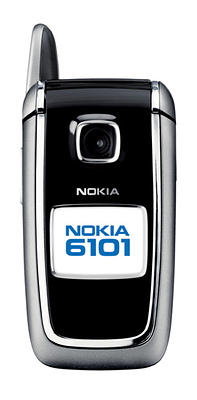 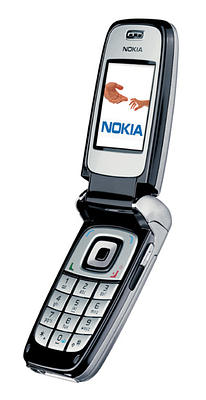 The tri-band Nokia 6101 seems to be the first clamshell of the company with traditional "rounded" design. Featuring VGA camera and Push-to-Talk, this phone will support 900/1800/1900 MHz GSM ranges for Europe, Middle East, Africa and Asia (6101 model) and 850/1800/1900 GSM ranges for both Americas (6102 model). Nokia 6101 is the first handset to officially support Nokia Xpress short audio messaging. The novelty is expected to go on sale in Q2 2005 for about €250. Accessories will include Nokia HS-6 with its own display showing caller ID or audio track playing.
 The second novelty, Nokia 6680, features 262,144-color display and "slider" digital camera. But the key feature is the additional camera on the front dedicated to video calls. As a 3G model, the handset supports 900/1800/1900 MHz GSM ranges, EDGE and WCDMA. The next one, new Series 60 (Symbian OS) smartphone features organizer, JPEG, MP3, PPT, DOC, XLS, PDF document browsing, video streaming, HTML browser. It has 640x480 VGA digital camera on the front and another one, 1280x960 (1.3-megapixel) on the back. The latter has 6x digital zoom and LED flash. According to the press release, besides the stereo player, Nokia 6680 supports certain audio service developed by Nokia together with Loudeye, introduced during the Congress. All of the above is packed into 108.4x55.2x20.5mm and 133g body. For sale Nokia 6680 will be available in March 2005 for about €500.
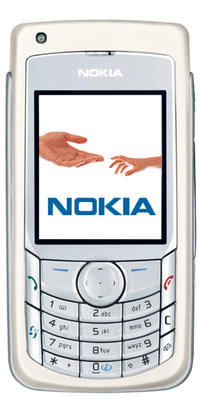 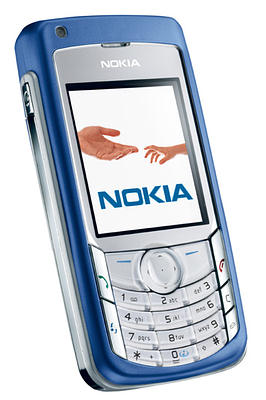 Finally, the new Nokia 6681 resembles Nokia 6680, but doesn´t have the front camera and WCDMA support. It also has 1.3Mp primary camera and supports Push-to-Talk. Sized 108.4x55.2x20.5 mm, it weighs 131g. Nokia 6681 is expected to go on sale in April 2005 for about €450. In both Americas customers will be offered Nokia 6682 supporting 850/1800/1900 MHz bands.
Write a comment below. No registration needed!
|
Platform · Video · Multimedia · Mobile · Other || About us & Privacy policy · Twitter · Facebook Copyright © Byrds Research & Publishing, Ltd., 1997–2011. All rights reserved. |